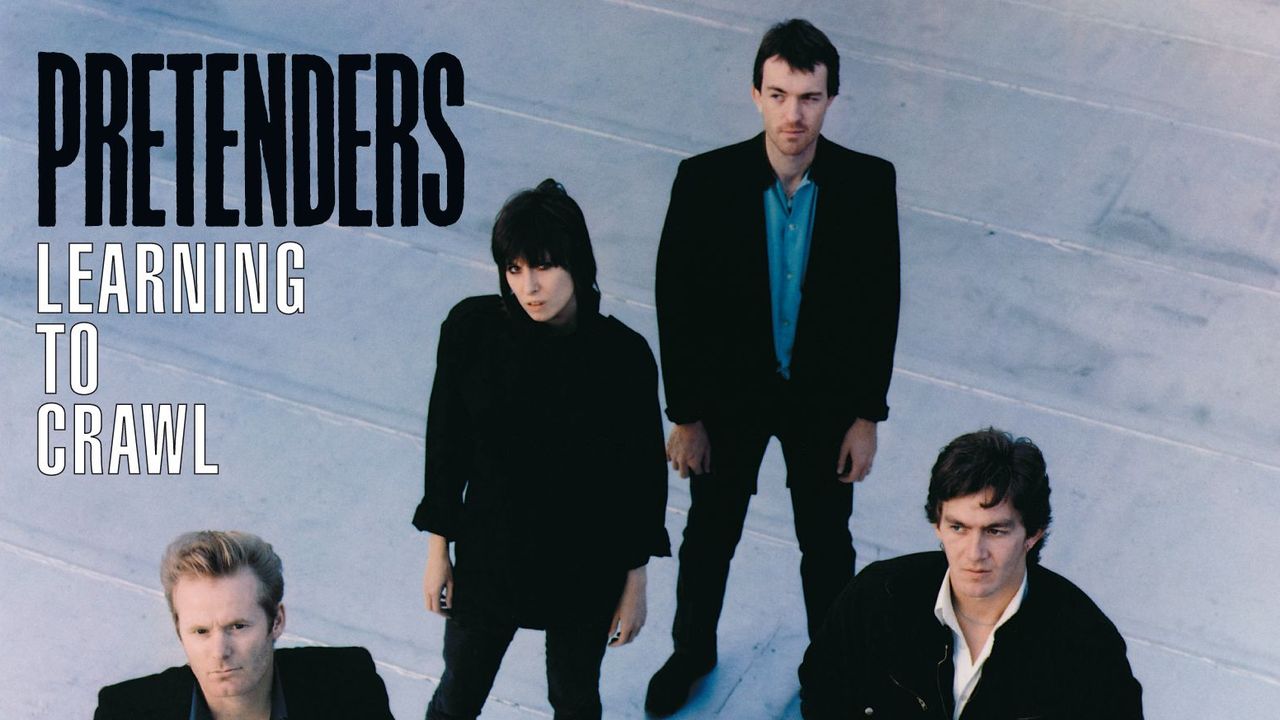In May 1970, Chrissie Hynde, who then went by Chris, was an 18-year-old student at Kent State University who believed the Vietnam War was an untenable moral abomination. The state of Ohio could run conservative, but Kent State was a hotbed of subversive art and revolutionary mobilization. The Students for a Democratic Society had staged controversial on-campus actions in ’1968 and ’69, and in the days after Nixon announced his invasion of Cambodia, someone— presumably protestors—set fire to the college ROTC.
This turned out to be a terrible idea. Following a confrontation between police and local protesters, the Ohio governor called in the National Guard, also composed almost entirely of twentysomethings, who were not trained in how to keep over a thousand hippies from running roughshod over their own campus. When the protestors kept coming, the National Guard unleashed teargas canisters, creating a stampede. As Hynde recollects in her 2015 memoir Reckless: My Life as a Pretender, “It was a no-win situation. If you fell over, you’d be trampled underfoot.”
The next day, things got worse. Protesters screamed epithets and threw rocks. Some Guardsmen got spooked and fired on the crowd. Chris Hynde was protesting on the other side of campus, so it wasn’t until shortly after that she learned her friend’s boyfriend, Jeff Miller, was one of the four dead that day outside Prentice Hall. All over America, for the previous several years, the fabric of the nation had been fraying, but here was something different: white college kids, thought to be a protected class, slaughtered on their own middle-American campus. Hynde described the pathetic confusion of the immediate aftermath of the shootings: “The Guardsmen themselves looked stunned. They were still surrounding the burned-down building. What had they been guarding? There was nothing to protect; the ROTC building was gone now. …We looked at them and they looked at us… There was a sense of incomprehension.”
Up to this point, Hynde had been a rebel, a troublemaker, and a party girl, suspicious of authority and attracted to notions of social justice that had the added benefit of annoying her straitlaced parents. Now she was a radical, the kind of person who would one day offer the following testimony in her greatest song: “Well, I’ll die as I stand here today/Knowing that deep in my heart/They’ll fall to ruin one day/For making us part.”
What kind of radical Hynde became is a complicated question—indeed, the enigmatic fulcrum of her remarkable American life. After Kent State, Neil Young would write the incendiary “Ohio,” an elegy but also a warning: “Tin soldiers and Nixon’s coming/We’re finally on our own.” It was the best song written about Ohio in the ’70s. Hynde, desperately trying to shrug off the trauma of the shootings, allowed in her frequently beautiful but emotionally circumscribed memoir that Young’s song “made us feel better.” Fourteen years after the massacre, she would write the best song about Ohio in the ’80s.
